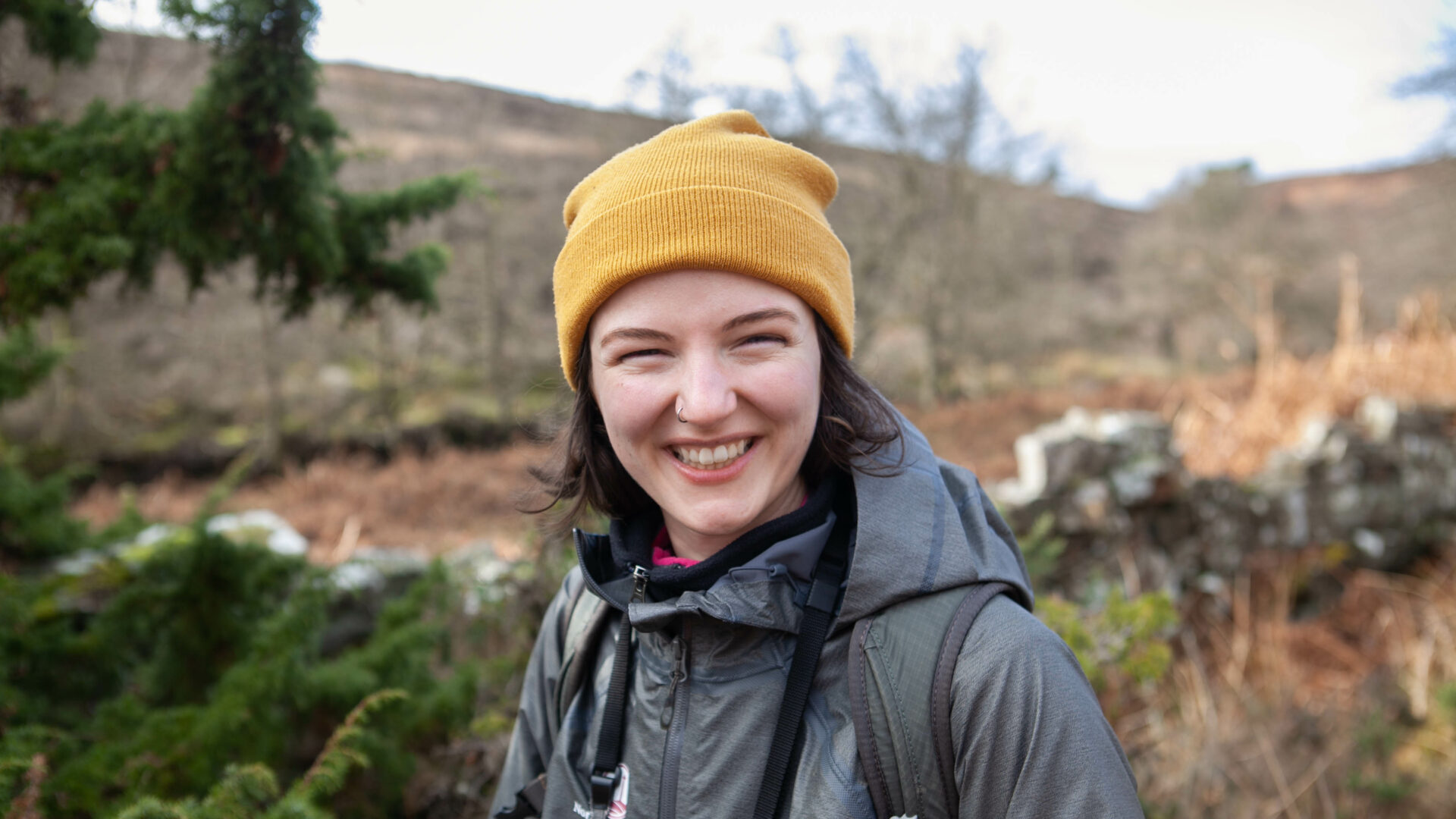
Discover: Blakey Ridge
-
Date posted: 31/03/2022
-
Time to read: 6 minutes

Charlie Fox
Charlie is Content Manager for the North York Moors National Park Authority. Previously working as a journalist, focused on environmental issues, Charlie first came to the National Park Authority with a desire to work alongside an organisation with shared values and a commitment towards the natural world. “One of the best things about my job is writing about this striking landscape and the people who care for it”.
Heading from the southern fringes of the North York Moors National Park I headed over Blakey Ridge – a vast upland of moorland and dale. It was a pale, light day. The clouds were white, flat, and sparse, but still held the warmth of sunlight.
Such a space has an openness that draws the land closer to the sky. To be amongst it, looking far into the distance where treetops shape the skyline, I felt for a moment bolder, but then, in a good way, smaller. Smaller than the rolling valleys, smaller than the hills, clouds, sky.
As captivating as such a landscape is, I had to move on, past the village of Westerdale towards a narrow beck that ran at the bottom of a steep decline – a shaded and tranquil waterway in sharp contrast to the rawness of the surrounding moorland.

It was here at a small, gravel car park that I met Ellie Davidson, a young Conservation Trainee for the North York Moors National Park Authority, who is leading on a project to protect and enhance juniper trees. Wearing a spirited smile, Ellie emerged from her car. We laced up our boots and headed out into the landscape.
It wasn’t long until we came across what Ellie described as her ‘favourite juniper’. Now this is what is referred to as a ‘tree’ juniper, as oppose to the other subspecies ‘dwarf’ juniper. Such trees appear in all sorts of forms and grow up to 10 metres tall. They are dioecious, meaning that male and female structures grow on separate trees and have small, needle-like leaves of green and silver. Female juniper produce fleshy cones that look like berries and when mature have vibrant hues of purple, indigo and black.
At roughly three metres tall, Ellie’s juniper didn’t have a dominating presence, but its long branches were quite distinct by the way they flowed down the tree, in some cases to the ground, before rising sharply at the tips. This feature was so distinct that it gave it an ornamental quality and from certain angles it looked like the wide-opened mouth of a whale.

Sadly, such trees are becoming increasingly rare in England as a result of habitat fragmentation and the fungus–like pathogen Phytophthora austrocedrae. Ellie’s work is to survey current populations within the National Park, revitalise previous conservation efforts and take new steps to cultivate healthy junipers – a necessary step towards a brighter future of what is one of only three native conifers of Britain.
What has remained with me since this journey is the striking diversity of the landscape of the North York Moors National Park and how that supports a wide variety of life and experiences. You can seek shelter in quiet spaces like shaded becks, or you can stand boldly against the elements high on the moorland. There is a richness here that I would identify as not only being necessary to nature, but necessary for the nourishment of our minds – a place that can soothe, challenge and enrich.
Article Banner image credit Ebor Images